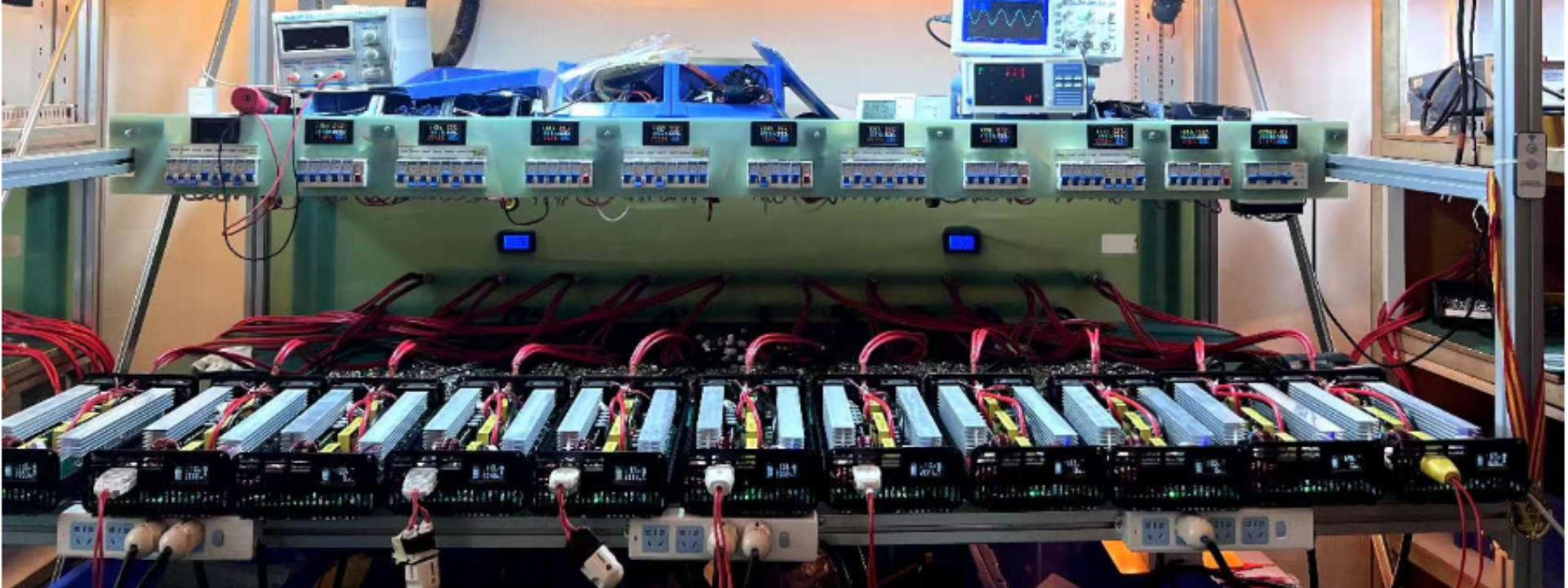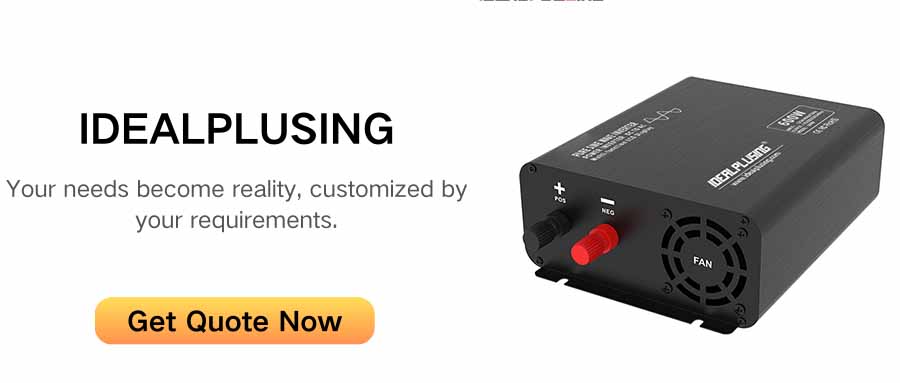Working principle and advantages of pure sine wave inverter
Pure sine wave inverter is a device that converts DC power into AC power. It can convert DC power of different voltages such as 12V, 24V, 48V, 60V, such as DC power in batteries, into 220V AC power commonly used in our daily life and industry. Its working principle is to convert DC power into AC power by controlling the conduction and shutdown of semiconductor power switching devices, and use key components such as SPWM wave modules to make the output AC power present a pure sine wave.
Compared with other types of inverters, pure sine wave inverters have the advantages of good output waveform and very low distortion. Its output waveform is basically consistent with the AC waveform of the mains power grid, which can better adapt to various electrical equipment, reduce damage to electrical appliances, and extend the service life of electrical appliances.

Key points for selecting pure sine wave inverters
1. Voltage input range: Choose the appropriate voltage input range according to the actual usage scenario, such as 60V, 48V, 12V, 84V, etc., to ensure that the inverter is compatible with your power supply equipment.
2. Power size: Choose the appropriate inverter power according to the total power of the electrical appliances or equipment that need to be driven. If the power is insufficient, the electrical appliances may not be started normally or the inverter may be overloaded and damaged.
3. Waveform quality: The waveform output by the pure sine wave inverter should be as close to the ideal sine wave as possible, with low distortion, so as to ensure the normal operation and service life of the electrical appliances.
4. Protection function: High-quality inverters usually have multiple protection functions such as input overvoltage, undervoltage protection, output overvoltage, undervoltage protection, overload protection, overcurrent and short-circuit protection to ensure the safety of equipment and personnel.
Precautions for using pure sine wave inverters
1. Correctly connect the power supply and load: When using the inverter, ensure that the power supply and load are connected correctly to avoid equipment damage or safety accidents caused by wrong connection.
2. Avoid overloading: Do not exceed the rated power of the inverter to avoid overheating, damage, or even fire.
3. Regular inspection and maintenance: Regularly inspect the inverter to see if there is any damage to the appearance, whether the connection line is loose, etc. If there is any problem, deal with it in time.
4. Pay attention to heat dissipation: The inverter will generate heat when working. Make sure it is placed in a well-ventilated place to avoid affecting performance and life due to poor heat dissipation.






